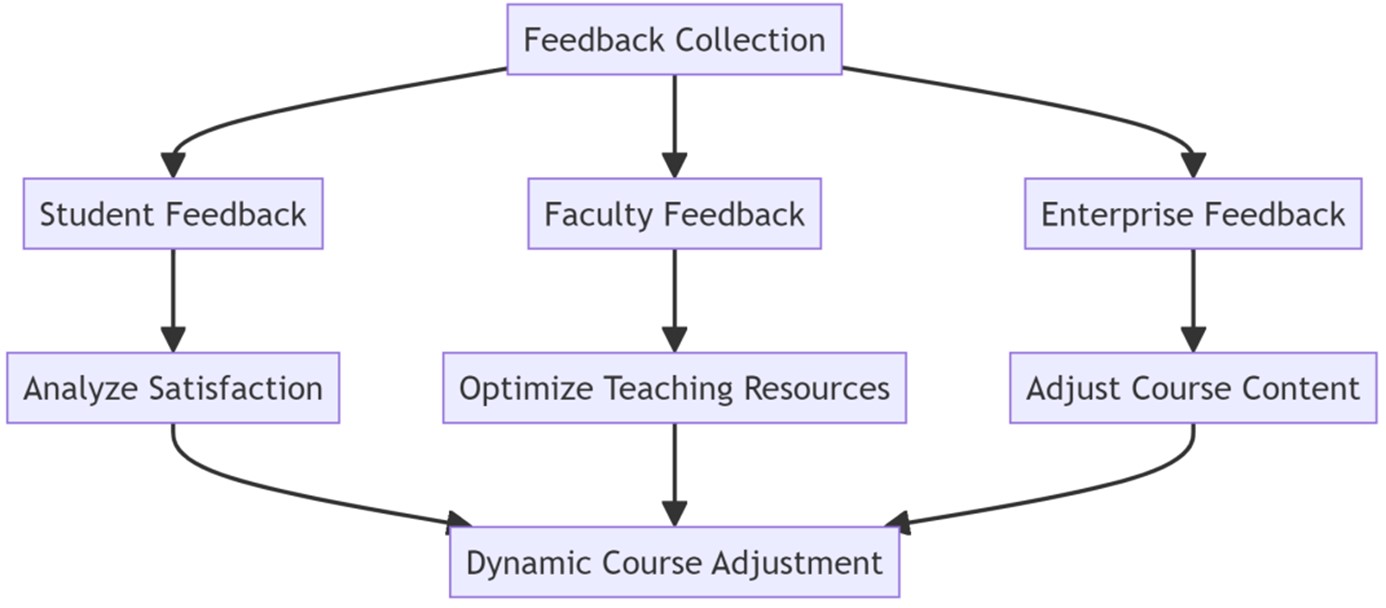The Research on the Construction Path of Artificial Intelligence Curriculum System for Higher Vocational Undergraduate Education in the New Era
Abstract
With the rapid development of artificial intelligence (AI) technology, the demand for professionals in the AI field is increasing. As an important pathway for cultivating application-oriented talents, higher vocational undergraduate education faces the critical task of constructing a scientific and reasonable AI curriculum system. Based on the characteristics of higher vocational undergraduate education in the new era, this paper analyzes the necessity and challenges of building an AI curriculum system and proposes a construction path centered on "competency-oriented, school-enterprise cooperation, interdisciplinary integration, and practice-driven" principles. This provides theoretical support and practical guidance for AI education in higher vocational undergraduate programs.
References
[2] Abbasi, B. N., Wu, Y., & Luo, Z. (2025). Exploring the impact of artificial intelligence on curriculum development in global higher education institutions. Education and Information Technologies, 30(1), 547-581. https://doi.org/10.1007/s10639-024-12628-8
[3] Zhu, W., & Ouyang, P. (2024). Research on the Development Path of Vocational Undergraduate Education in the Context of Intelligent Manufacturing. Frontiers in Educational Research, 7(12).
[4] China Artificial Intelligence Industry Development Report, 2023. (2023).
[5] China Vocational Education Development Report. (n.d.).
[6] Study on Practical Teaching Infrastructure in Vocational AI Education, 2024. (2024).
[7] Ethics and AI: Integrating Social Responsibility into Technical Education, 2023. (2023).
[8] Technological Advancements in AI Education Labs: A Global Perspective, 2025. (2025).
[9] Impact of MOOCs on AI Skill Development in Higher Education, 2024. (2024).


This work is licensed under a Creative Commons Attribution 4.0 International License.
Copyright for this article is retained by the author(s), with first publication rights granted to the journal.
This is an open-access article distributed under the terms and conditions of the Creative Commons Attribution license (http://creativecommons.org/licenses/by/4.0/).








1.png)

















